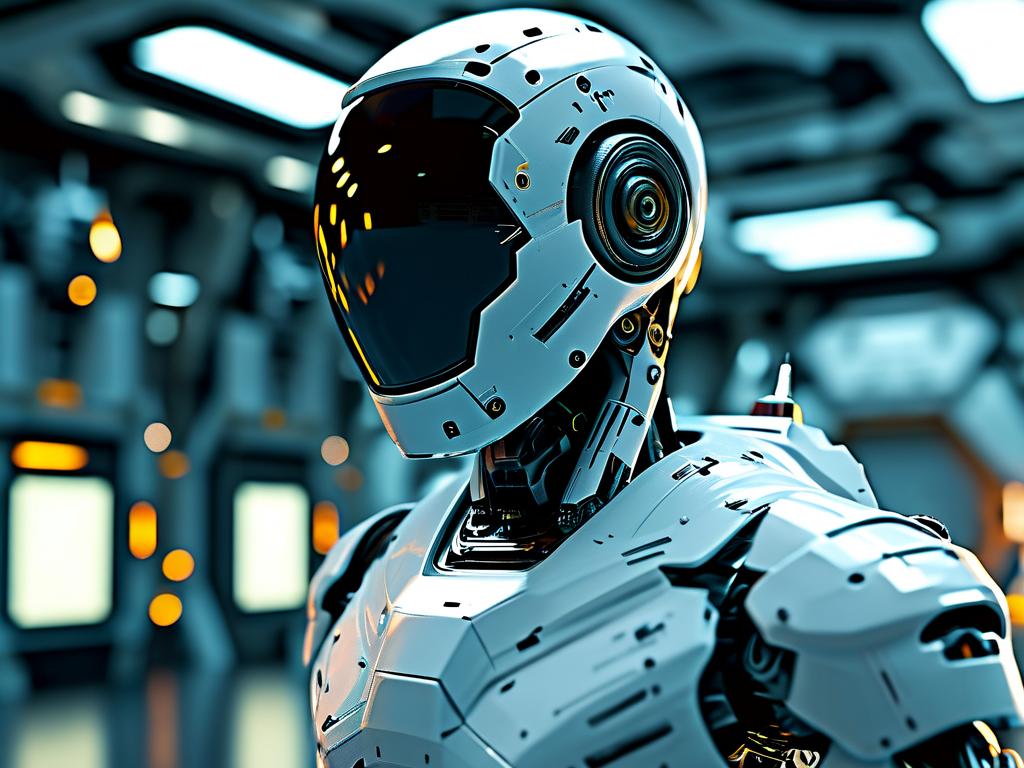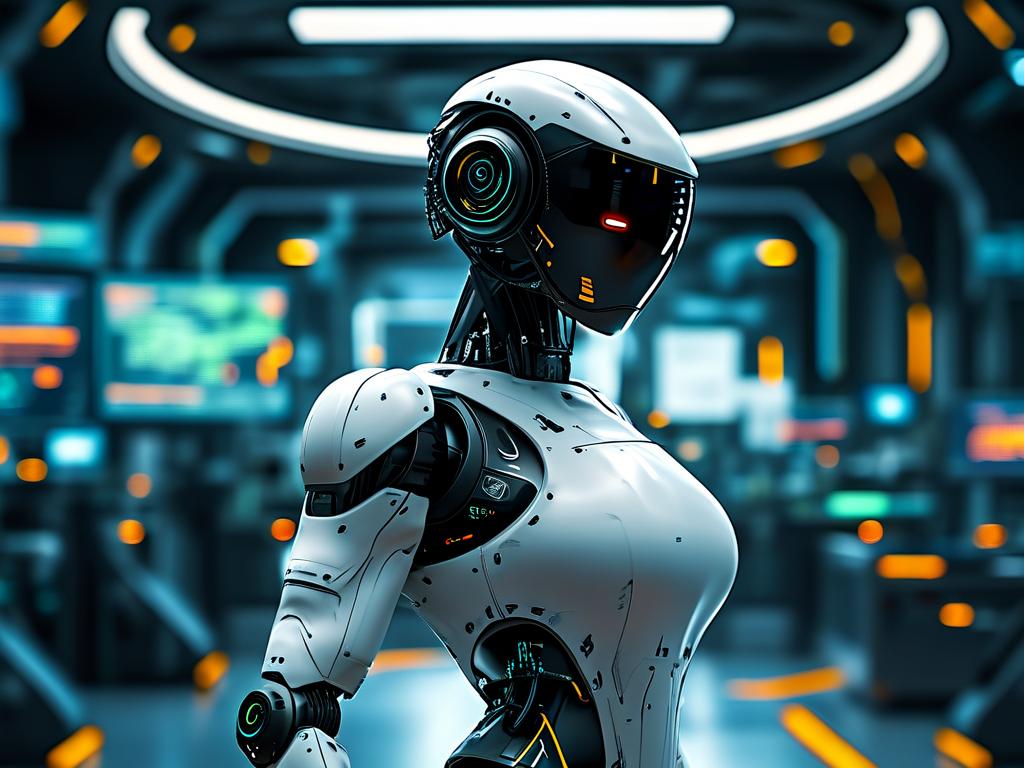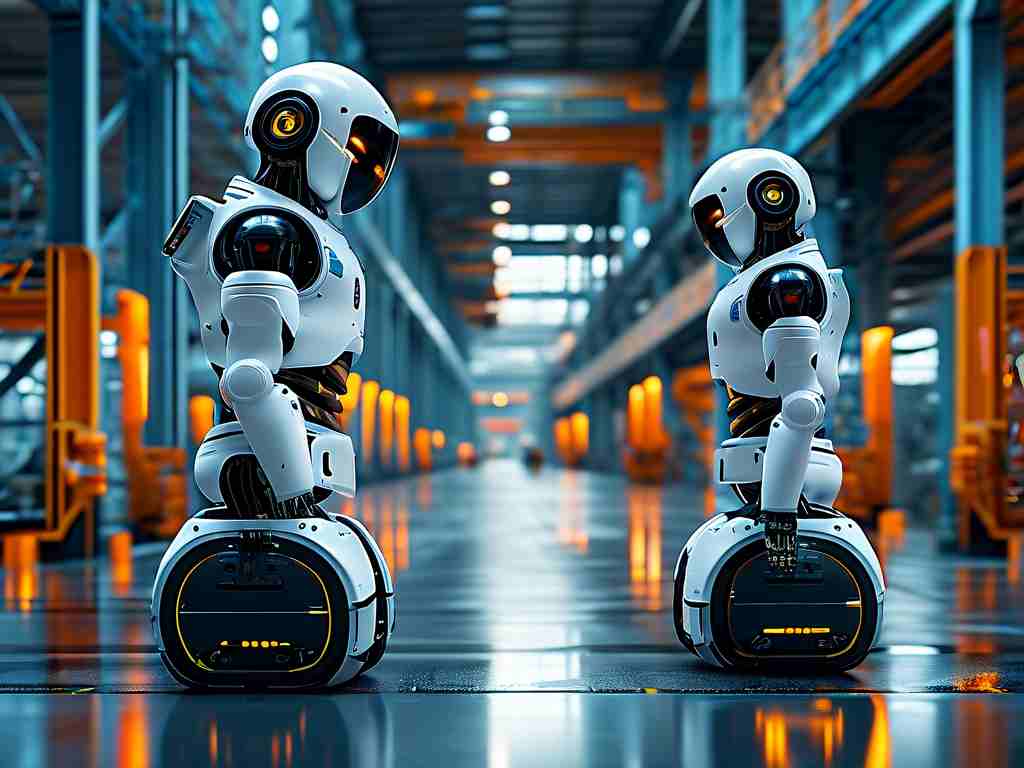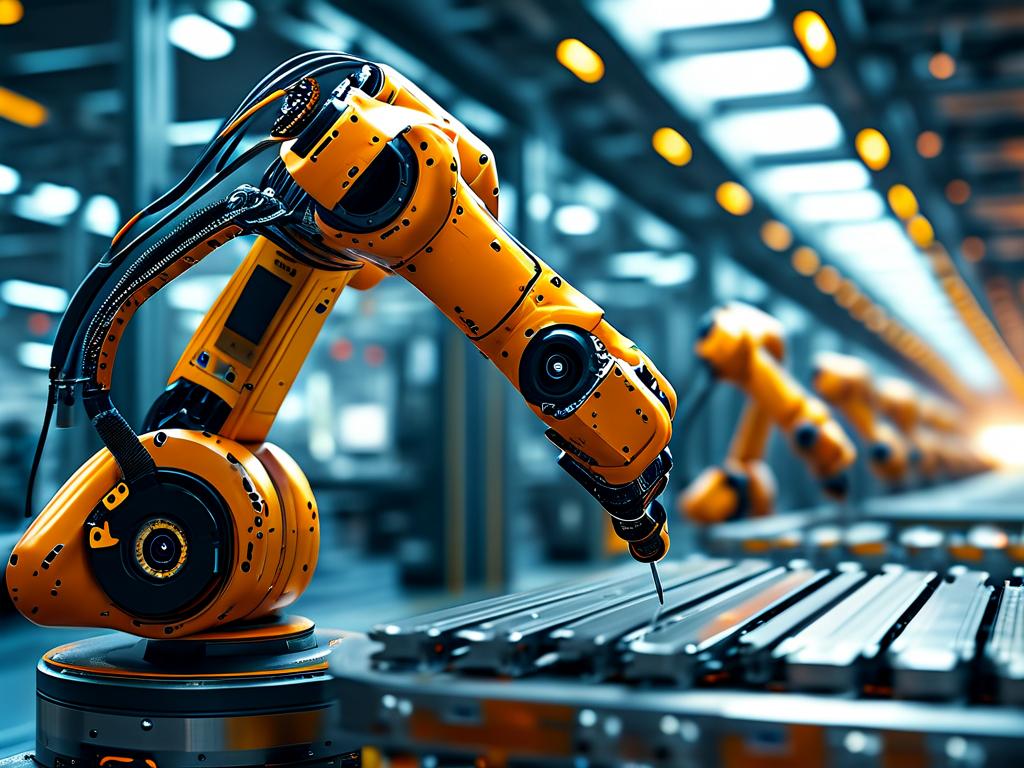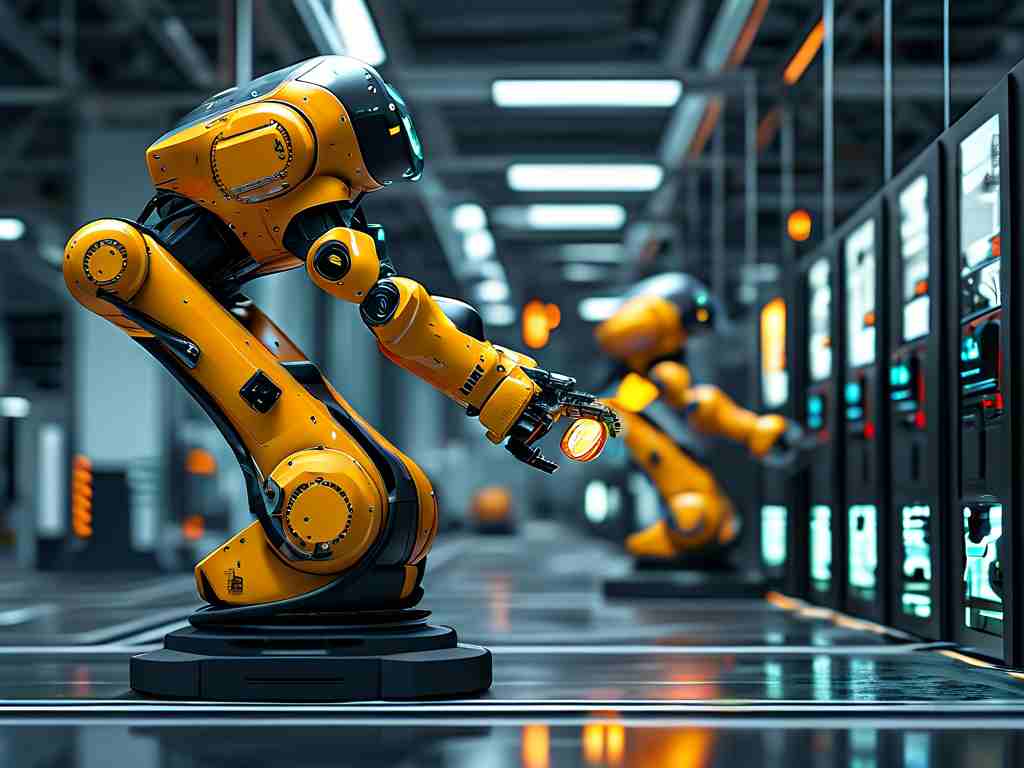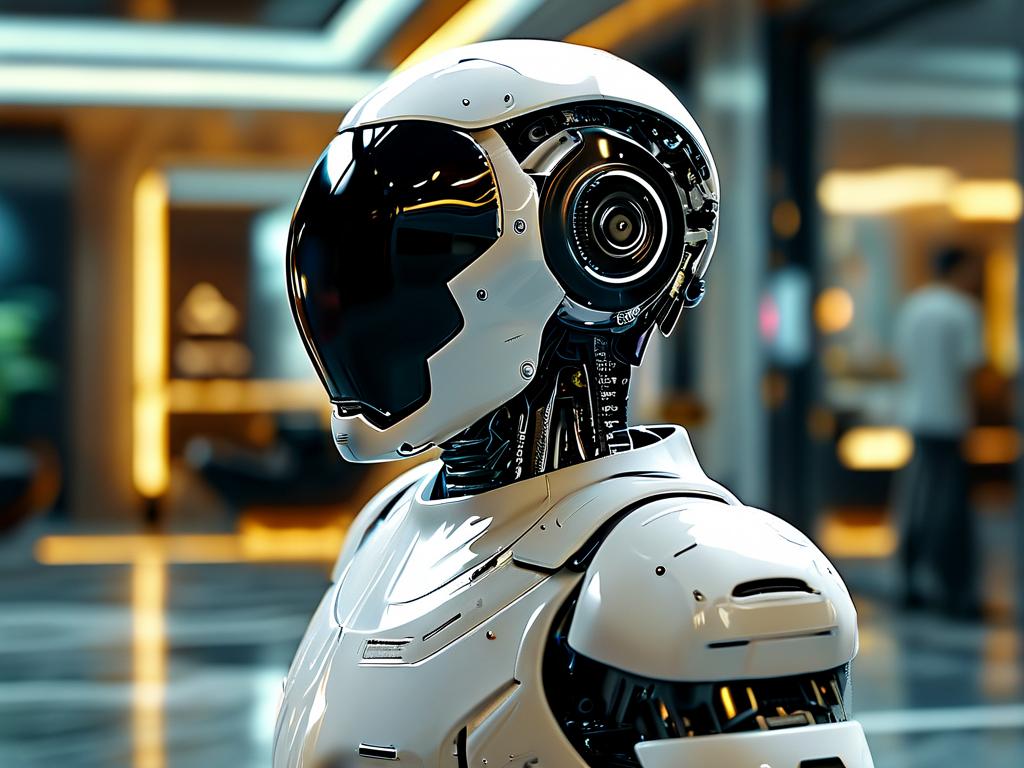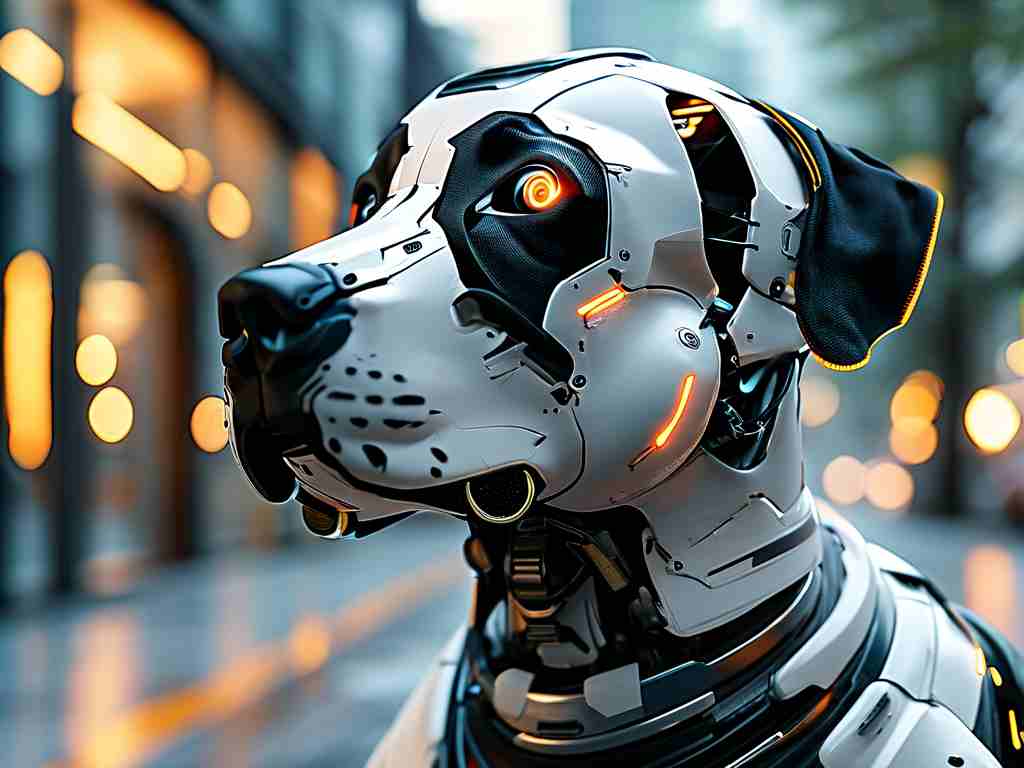Spherical robotics represents a groundbreaking frontier in automation, combining unconventional design principles with advanced motion mechanics. Unlike traditional wheeled or legged robots, these spherical devices leverage their geometry to achieve unique mobility, making them ideal for challenging terrains and specialized applications. This article explores the engineering innovations behind spherical robots, their operational frameworks, and emerging use cases reshaping industries.

The Geometry-Driven Design
At the core of spherical robotics lies its shape—a seamless sphere that eliminates protruding components. This design minimizes friction and enables omnidirectional movement. Early prototypes, such as the Sphero educational robot, demonstrated how internal drive systems could manipulate the robot’s center of mass to induce rolling. Modern iterations, however, integrate gyroscopes, inertial measurement units (IMUs), and precision motors to refine control. For instance, Japan’s GroundSphere employs a pendulum-based mechanism to steer across uneven surfaces, while NASA’s experimental MarsRoller uses pressurized gas jets for low-gravity environments.
Motion Mechanics and Control Systems
Spherical robots rely on two primary motion strategies: internal actuation and external force modulation. Internal actuation involves shifting weights or rotating flywheels inside the sphere to generate torque. A notable example is the Cubli project by ETH Zurich, which stabilizes itself using reaction wheels—a concept adapted for spherical robots to navigate slopes. External modulation, meanwhile, uses magnetic fields or air propulsion. Researchers at MIT recently developed a palm-sized robot that rolls via electromagnetic coils embedded in its shell, enabling precise navigation in confined spaces.
Control algorithms play an equally critical role. Machine learning models, such as reinforcement learning, train robots to adapt to dynamic environments. For example, a spherical robot deployed in disaster zones might use LiDAR and neural networks to identify stable paths through rubble. Code snippets for such systems often involve PID controllers tuned for rotational inertia:
def pid_controller(target_speed, current_speed, kp, ki, kd):
error = target_speed - current_speed
integral += error * dt
derivative = (error - prev_error) / dt
output = kp*error + ki*integral + kd*derivative
return output
Applications Across Industries
From healthcare to space exploration, spherical robots are gaining traction. In agriculture, companies like RollBot Inc. deploy them to monitor soil moisture without damaging crops. Their smooth movement prevents soil compaction, a common issue with wheeled drones. Similarly, medical researchers are testing ingestible spherical robots for non-invasive diagnostics. These devices, equipped with cameras and sensors, can traverse the human digestive tract to capture real-time data.
In hazardous environments, spherical robots excel. The HaloSphere, developed by a European consortium, inspects nuclear reactors by rolling along curved surfaces resistant to traditional robots. Its tungsten carbide shell withstands radiation, while its helium-filled interior ensures buoyancy in liquid-cooled systems.
Challenges and Future Directions
Despite their promise, spherical robots face hurdles. Energy efficiency remains a concern, as continuous motion demands high power consumption. Innovations like piezoelectric energy harvesting—converting mechanical stress from rolling into electricity—are being tested to address this. Material science also plays a role; graphene-based shells could reduce weight while maintaining durability.
Looking ahead, hybrid designs merging spherical and modular robotics may dominate. Imagine a robot that splits into smaller spheres for detailed inspections before reuniting for rapid transit. Such concepts, paired with 5G connectivity and edge computing, could revolutionize fields like urban surveillance and planetary exploration.
In , spherical robotics transcends conventional automation paradigms. By harmonizing geometry, mechanics, and AI, these devices are poised to tackle problems once deemed insurmountable—ushering in a new era of intelligent, adaptive machines.


